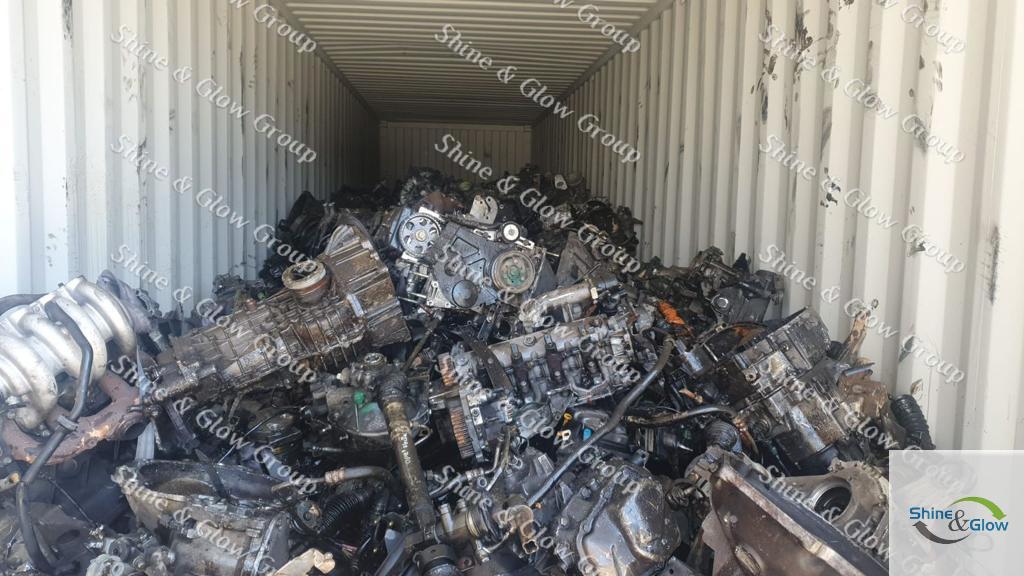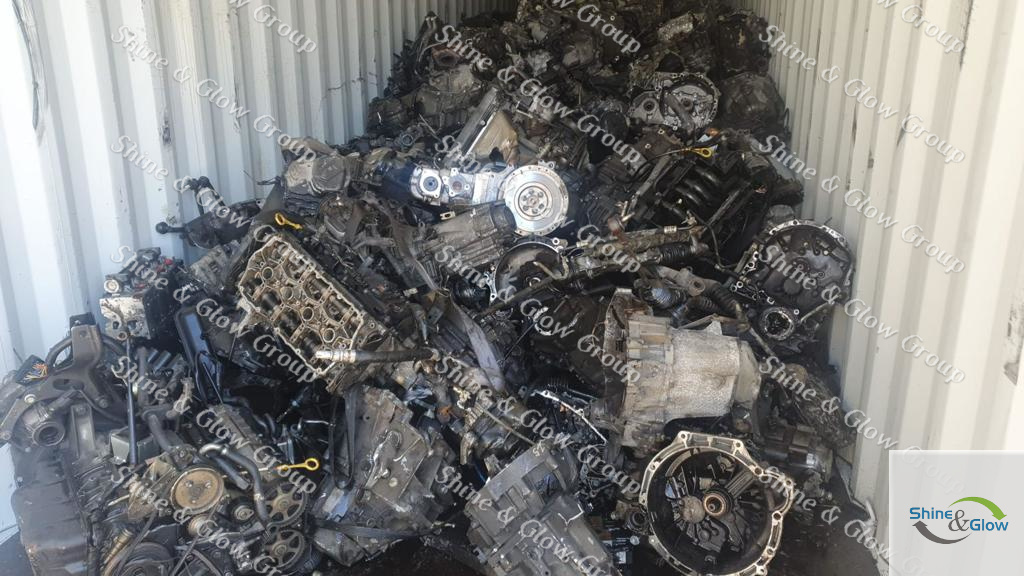Introduction
Aluminium scrap, a valuable and eco-friendly resource, takes center stage in our blog today. Join us as we uncover the wonders of aluminium scrap and its impact on recycling and sustainability. From car engine scrap to beverage cans and window frames, we’ll explore the diverse types of aluminium scrap and their potential uses. Let’s embark on a journey into the world of aluminium scrap and discover its vital role in shaping a greener future.
Aluminium Scrap and its Types
Aluminium scrap refers to discarded or waste aluminium material that can be recycled and reused in various industries. This scrap can be found in different forms, including car engine scrap, beverage cans, window frames, and more. In this section, we will discuss the types of aluminium scraps in detail, shedding light on their unique characteristics and potential uses.
| Scrap Type | Description |
|---|---|
| Cast Aluminium | Scrap generated from casting processes, including automotive components, |
| engine blocks, and household items. | |
| Extrusion | Scrap from extruded aluminium profiles used in construction, |
| window frames, and door systems. | |
| Sheet/Plate | Scrap obtained from sheet and plate production, such as |
| beverage cans, car body panels, and packaging materials. | |
| Mixed Aluminium | A blend of various aluminium scrap types, often requiring separation |
| and sorting for recycling. |
Aluminium Car Scrap : Recycling Powerhouse
Car engine scrap is one of the most sought-after types of aluminium scraps. As automobile technology advances, older engines are often replaced, leading to a significant accumulation of car engine scrap. This scrap is highly valuable due to its aluminium content and offers tremendous recycling potential.
Uses of Car Engine Scrap
- Automotive Industry: Car engine scrap can be recycled to produce new engine components, reducing the need for raw materials and energy-intensive manufacturing processes.
- Construction Sector: Aluminium from car engine scrap can be repurposed for structural components in buildings and infrastructure projects, contributing to sustainable construction practices.
- Manufacturing Sector: Manufacturers can utilize car engine scrap to create various aluminium-based products such as appliances, machinery parts, and electrical components.


Other Types of Aluminium Scrap
Apart from car engine scrap, there are numerous other types of aluminium scraps generated from various sources. Let’s explore some of them:
Beverage Cans: A Recyclable Delight
Beverage cans, often made of aluminium, are a common type of scrap generated in large quantities. These cans are widely consumed and discarded, making them an excellent resource for recycling.
Environmental Benefits
- Energy Conservation: Recycling beverage cans saves a substantial amount of energy compared to producing new ones from raw materials.
- Reduced Landfill Waste: By recycling beverage cans, we reduce the burden on landfills and promote a cleaner environment.
Window Frames: Recycling Elegance
Window frames made of aluminium are another significant source of scrap material. The recycling of aluminium window frames offers both environmental and economic advantages.
Sustainable Advantages
- Resource Conservation: Recycling aluminium window frames reduces the demand for virgin materials, minimizing the environmental impact associated with extraction and processing.
- Energy Efficiency: Utilizing recycled aluminium in window frame production consumes less energy compared to manufacturing new frames from primary aluminium.
Benefits of Aluminium Scrap to the Environment
The use of aluminium scraps presents several notable benefits to the environment. Let’s explore these advantages in detail
| Environmental | Explanation |
|---|---|
| Energy Conservation | Aluminium production from raw ore requires a significant amount of energy. By recycling aluminium scraps, we can save up to 95% of the energy compared to primary production, reducing greenhouse gas emissions and reliance on fossil fuels. |
| Reduced Landfill Waste | Recycling aluminium scraps prevents it from ending up in landfills, reducing the strain on limited landfill space and mitigating associated environmental hazards. |
| Reduced Mining | Aluminium mining can have detrimental effects on natural ecosystems and biodiversity. By recycling aluminium scraps, we decrease the demand for new ore extraction, preserving natural resources and minimizing the environmental impact of mining activities. |
| Lower Emissions | Primary aluminium production releases greenhouse gases such as carbon dioxide (CO2), sulfur dioxide (SO2), and nitrogen oxide (NOx). Recycling aluminium scraps reduces the emission of these harmful gases, contributing to air quality improvement and mitigating climate change. |
- Energy Savings: Recycling aluminium scraps requires significantly less energy compared to producing aluminium from raw materials. This energy conservation helps reduce greenhouse gas emissions and mitigates climate change.
- Natural Resource Conservation: Aluminium scraps recycling minimizes the need for extracting and refining new aluminium, preserving natural resources such as bauxite and reducing the associated environmental impact.
- Landfill Waste Reduction: By diverting aluminium scraps from landfills and recycling it, we effectively reduce the amount of waste occupying valuable landfill space.
- Reduced Air and Water Pollution: The recycling process for aluminium scraps emits fewer pollutants compared to primary aluminium production, contributing to cleaner air and water.
- Economic Benefits: Aluminium scraps recycling generates employment opportunities, stimulates local economies, and fosters a sustainable circular economy.
Conclusion
In conclusion, aluminium scraps, including car engine scraps, plays a crucial role in recycling efforts and contributes to a more sustainable future. We use aluminium scraps in various industries, such as automotive, construction, and manufacturing, reducing the need for extracting and refining new aluminium. By recycling aluminium scraps, we conserve energy, preserve natural resources, and promote a cleaner environment. Let us embrace the value of aluminium scraps and continue our collective efforts towards a greener and more sustainable planet.
FAQs (Frequently Asked Questions)
Recycling aluminium scraps creates jobs in the recycling industry, supports local economies, and reduces dependence on costly primary aluminium production.
Yes, car engine scraps can be recycled to produce new engine components, contributing to resource conservation and sustainable manufacturing practices.
Yes, recycling aluminium scraps is economically viable due to the high demand for aluminium and the cost savings associated with recycling compared to primary production.
Recycling aluminium scraps conserves energy, reduces greenhouse gas emissions, preserves natural resources, and minimizes landfill waste, leading to a cleaner and more sustainable environment.
A6: Various industries benefit from recycled aluminium, including automotive, construction, manufacturing, and packaging industries



